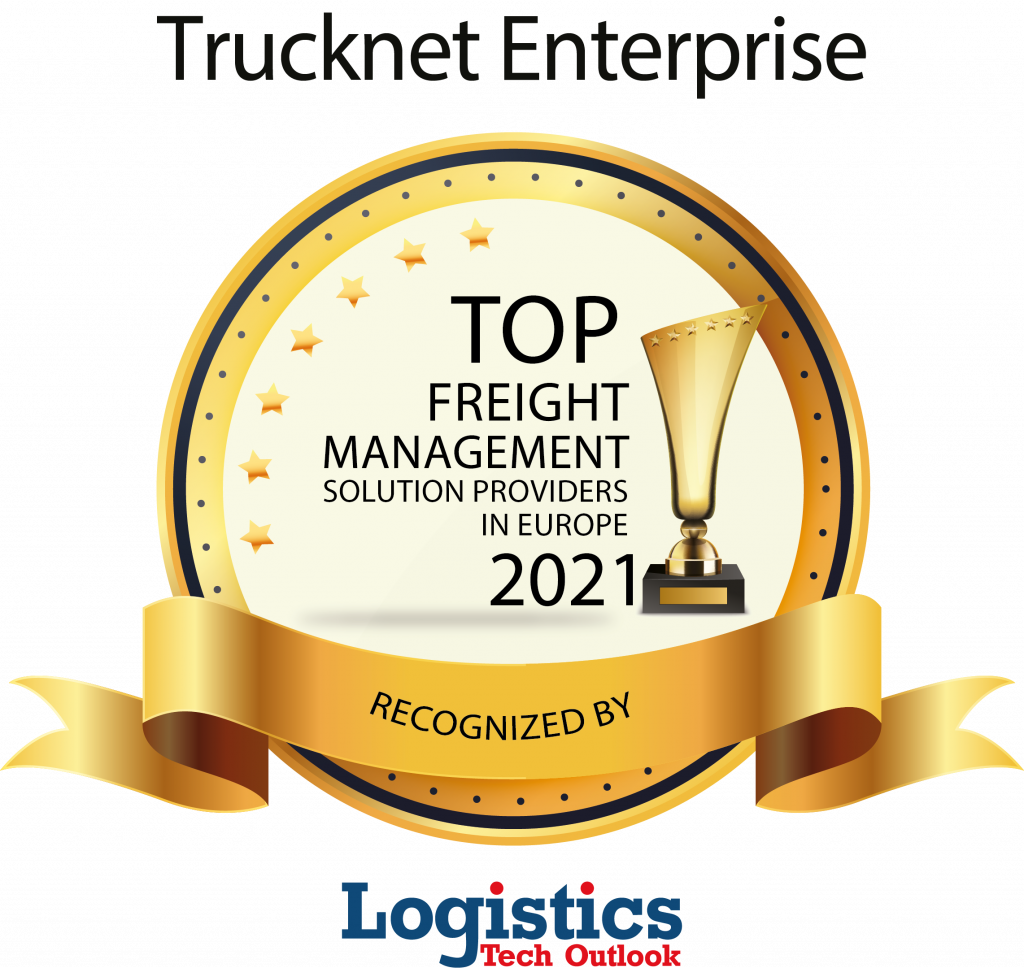Sustainable behavior in the logistics and transportation industry
How does the market work today?
The demand in the logistics world increases each year along with economic growth, strengthening the need for supply chain collaboration. Sustainability in the logistics sector means lowering the carbon footprints. This goal includes reducing CO2 emissions, as well as noise pollution and accidents.
Imagine the fleet manager’s day. He used to be a driver himself, now he manages the operation of the company’s trucks. During his shift, he may have a few problems to solve which are all connected with costs: per hour payment for drivers, fuel consumption, truck maintenance, etc. The company doesn’t have time to deal with optimization and empty miles. Simply put, because this process is not automatic.
Every day a company has significant amounts of cargo and each load requires a set of papers. If someone makes a mistake, documents need to be changed and printed again. Even if the company tries to use technology for improvement such as TMS and/or GPS, they still use paper. At the end of the day, the only thing the fleet manager strives for is the financial aspect of the company and its benefits. Environmental concern is not taken into consideration.
In this case, transportation suppliers must find a solution and balance between financial profitability and environmental protection.
Outcomes from UNFCCC
The Paris Agreement to the UN Framework Convention on Climate Change (UNFCCC) is a global response to the unquestionable threat of climate change. Its long-term goal is to keep the increase in global average temperature to well below 2°C (above pre-industrial levels) and to pursue efforts to limit the increase to 1.5°C. The historic Agreement was approved at the UNFCCC 21st Conference of the Parties (COP 21) in 2015 and entered into force in November 2016.
The Agreement commits all countries, developed and developing, to prepare national action plans for reducing greenhouse gas emissions and adapting to climate change. Governments are required to transparently report their progress on an annual basis to the UNFCCC. It is clear that all parties must contribute to the joint global effort of achieving the Paris Agreement targets in order to lead the world on a path to a low-carbon economy. Implementation guidelines must be strong enough to provide the clarity that businesses, investors and planners need to speed up low-carbon technological developments.
In 2019 the annual climate change talks (COP 25) took place in Madrid, Spain and the outcome was largely disappointing. UN Secretary General Antonio Guterres commented, “the international community lost an important opportunity to show increased ambition on mitigation, adaptation and finance to tackle the climate crisis”. It was clear that the world is not on track for meeting the Paris Agreement targets. Several issues were left open and operational rules were not finalized. A significant example refers to Article 6 in the Agreement that addresses how countries can reduce their emissions using new international carbon markets.
The European Union (EU) plays a leading role in the Climate Change Convention. The 2019 “Green Deal” is an ambitious roadmap that aims to transform the EU into a society with net-zero GHG emissions by 2050. Transport is Europe’s biggest climate problem and accounts for 25% of GHG emissions and is the main cause of air pollution in cities. More than 50% of goods are transported by road and to achieve climate neutrality, the Green Deal calls for a 90% reduction in transport emissions by 2050.
There are high expectations for increased ambition from COP 26, to be held in Glasgow (Scotland), UK. The annual Summit has been postponed and will take place in November 2021.

What are the actions we can take?
So how can we put the environment into the equation, thereby changing this unsustainable culture and behavior?
We must begin to regard the economic co-benefits of lowering carbon emissions and company profit. Our goal is to put a company’s profit along the same line with environmental needs. The logistics industry faces a challenge however, at the same time, also an excellent opportunity. The business strategy of a company must be focused not only on finding low-cost solutions when it chooses the supplier for its services. In the world today, we notice a lot of leading companies choosing environmentally sound solutions, such as reducing deadhead mileage.
The Paris Agreement calls on all countries to cooperate for a common goal which will shape the global economy. We hope to see governments call on large logistics companies to join the global effort for reducing emissions and tackling climate change.
A “cultural” change requires finding new tools for work. First we started with AI (Artificial Intelligence) – smart machines capable of performing tasks that would normally require human intelligence. From there, advancements in machine learning and deep learning began creating a shift in concepts for problem solving.
Then, we moved to the idea of BI (Business Intelligence), a technology-driven process for analyzing data from a company’s activities. Better information is provided that helps executives, managers and other corporate end-users make informed business decisions.
Remember the fleet manager? His work is inefficient because nobody provided him with the tools he needs. For the manager of the fleet there is technology chaos on the table: TMS, Telematics, GPS and systems for route optimization. They are not connected. To avoid jumping from system to system requires a one-stop shop.
One of the tools the fleet manager needs for a one-stop shop solution is an emission calculations device including an online dashboard. The system supposed should be connected to all available data in order to calculate automatically optimized routes according to traffic, road situation, distance in a lifetime for the entire run. The search will bring a better solution for the smartest way for providing cargo delivery. The system will support the fleet manager and become his best partner of the day. (When the optimal route is calculated there are many more options to deliver. The possibilities include additional modes of transport such as by train or ship instead of using only trucks for the entire route. This accurate planning will create better combinations offering lower costs for the company and more protection for the environment.
This is the time to change the culture of the industry of transportation and logistics and to recognize the importance of more sustainable behavior. Technology can help us find a better way to transport goods by improving fleet operations and lowering carbon footprints. The innovative option for calculating carbon emissions, based on the truck’s specifications such as the year of manufacture, the weight of loads, fuel consumption and more, will greatly improve efficiency through route optimization.
Save emissions – save energy – save money – make more profit.




